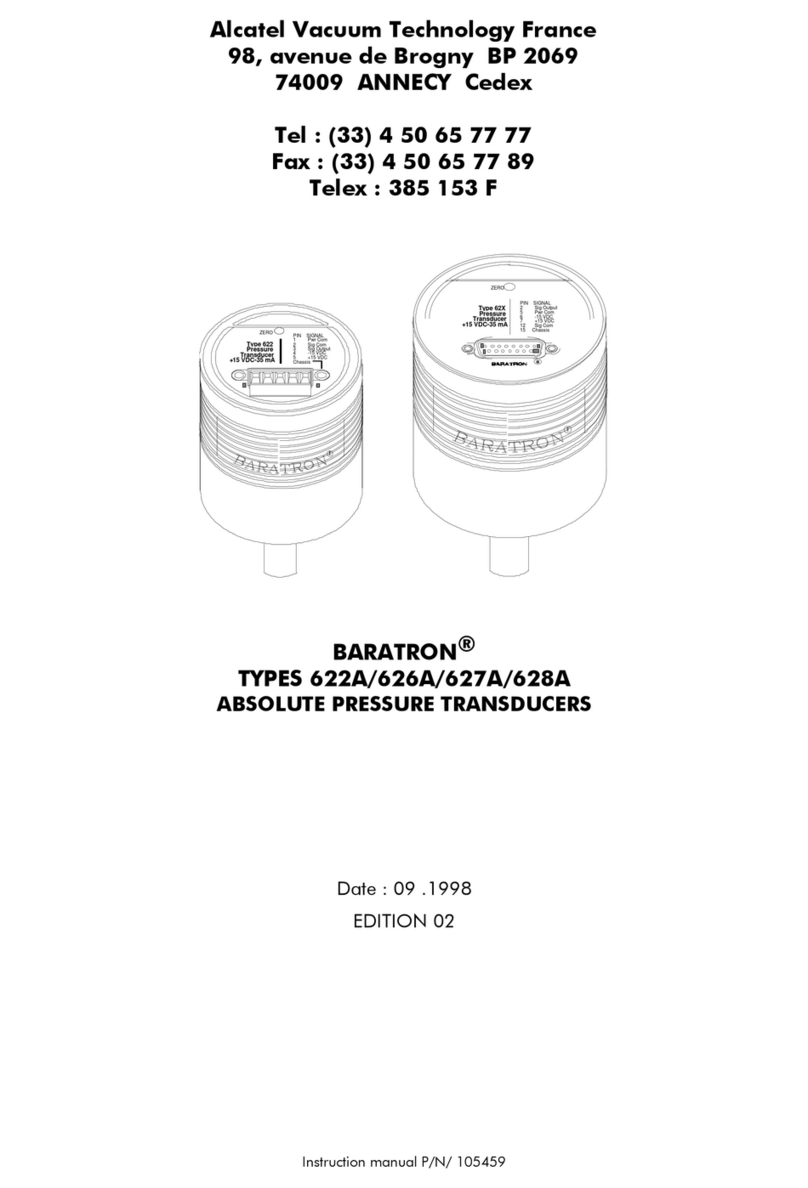
Table of Contents
105460 - Ed 02
iii
Table of Contents
■Safety Procedures and Precautions.............................................................1
■Chapter One: General Information...........................................................3
■Introduction................................................................................................................. 3
■How This Manual is Organized .................................................................................... 4
■Customer Support ....................................................................................................... 4
■Chapter Two: Installation .........................................................................5
■How To Unpack The Transducer .................................................................................. 5
•Unpacking Checklist ................................................................................................ 5
■Alcatel Companion Products ........................................................................................ 6
■Fittings........................................................................................................................8
■Setup .......................................................................................................................... 9
•Dimensions ........................................................................................................... 10
•Electrical Installation .............................................................................................. 10
•Interface Cables .................................................................................................... 12
•Checking the Transducer Zero................................................................................ 13
■Chapter Three: Overview .......................................................................15
■General .................................................................................................................... 15
■Sensor ...................................................................................................................... 15
■Signal Conditioner/Electronics.................................................................................... 16
■The Endcap............................................................................................................... 16
■Chapter Four: Operation .......................................................................17
■General .................................................................................................................... 17
•Lowest Suggested Pressure Available for Reading .................................................... 17
•Lowest Suggested Pressure to Use for Control ......................................................... 17
■How To Set the Trip Points ......................................................................................... 19
■How To Adjust the Trip Point Direction ........................................................................ 21
■How To Adjust the Trip Point Hysteresis....................................................................... 25
■Chapter Five: Maintenance and Troubleshooting .....................................29
■General .................................................................................................................... 29
■Zero Adjustment........................................................................................................ 29
■Troubleshooting Chart............................................................................................... 31
■Appendix A: Product Specifications .........................................................33
■ALCATEL Type 623A.................................................................................................. 33
■ALCATEL Type 624A.................................................................................................. 34
■ALCATEL Type 625A.................................................................................................. 35
■Appendix B: CE Declaration of Conformity ...............................................37




























